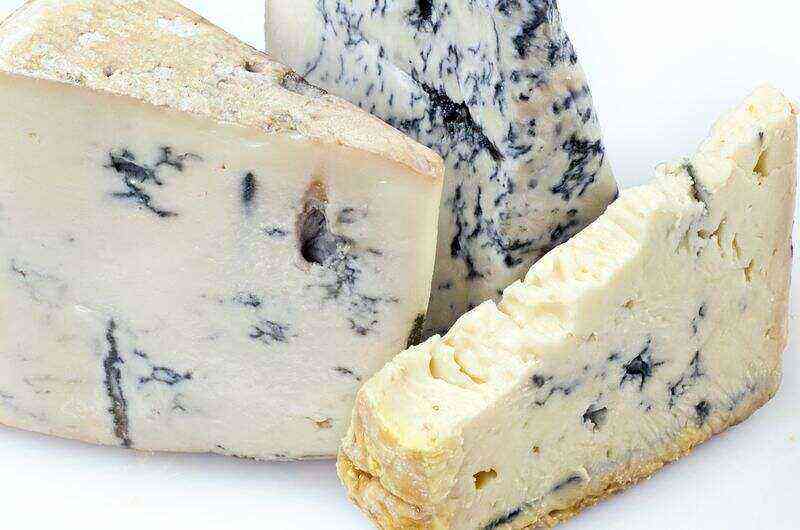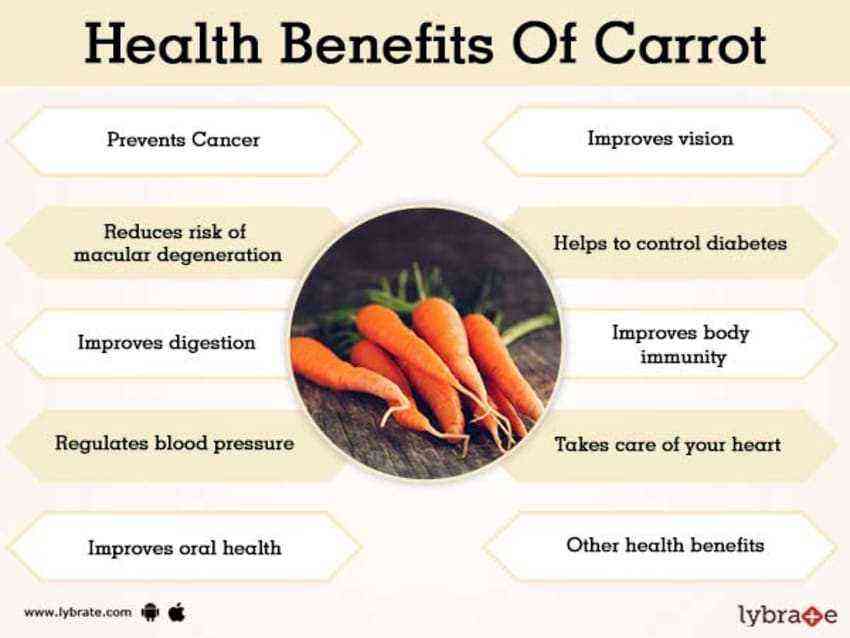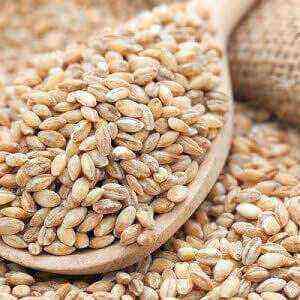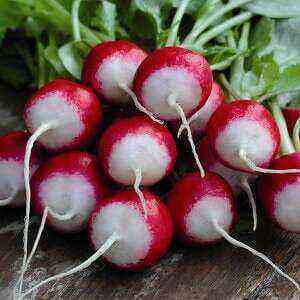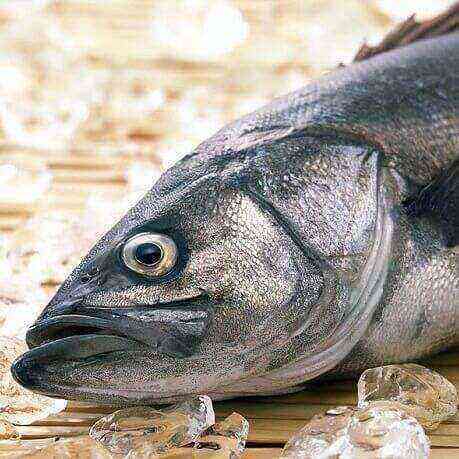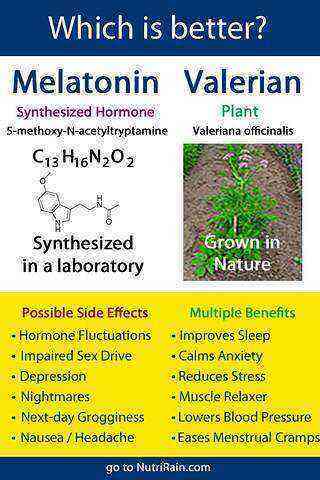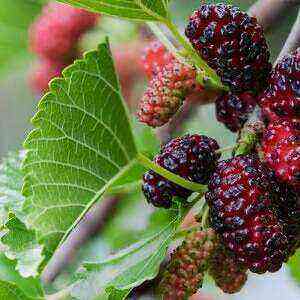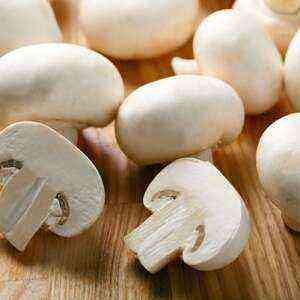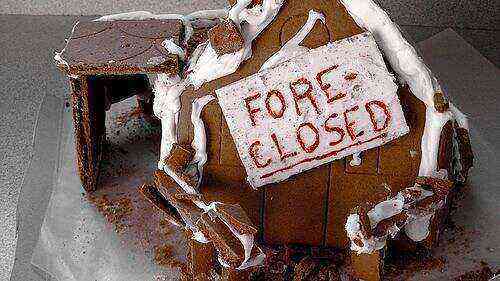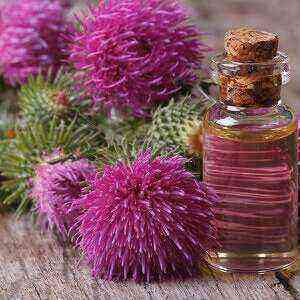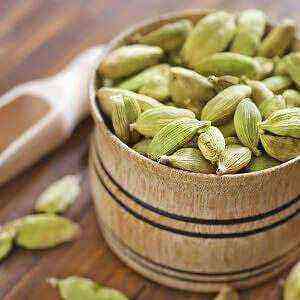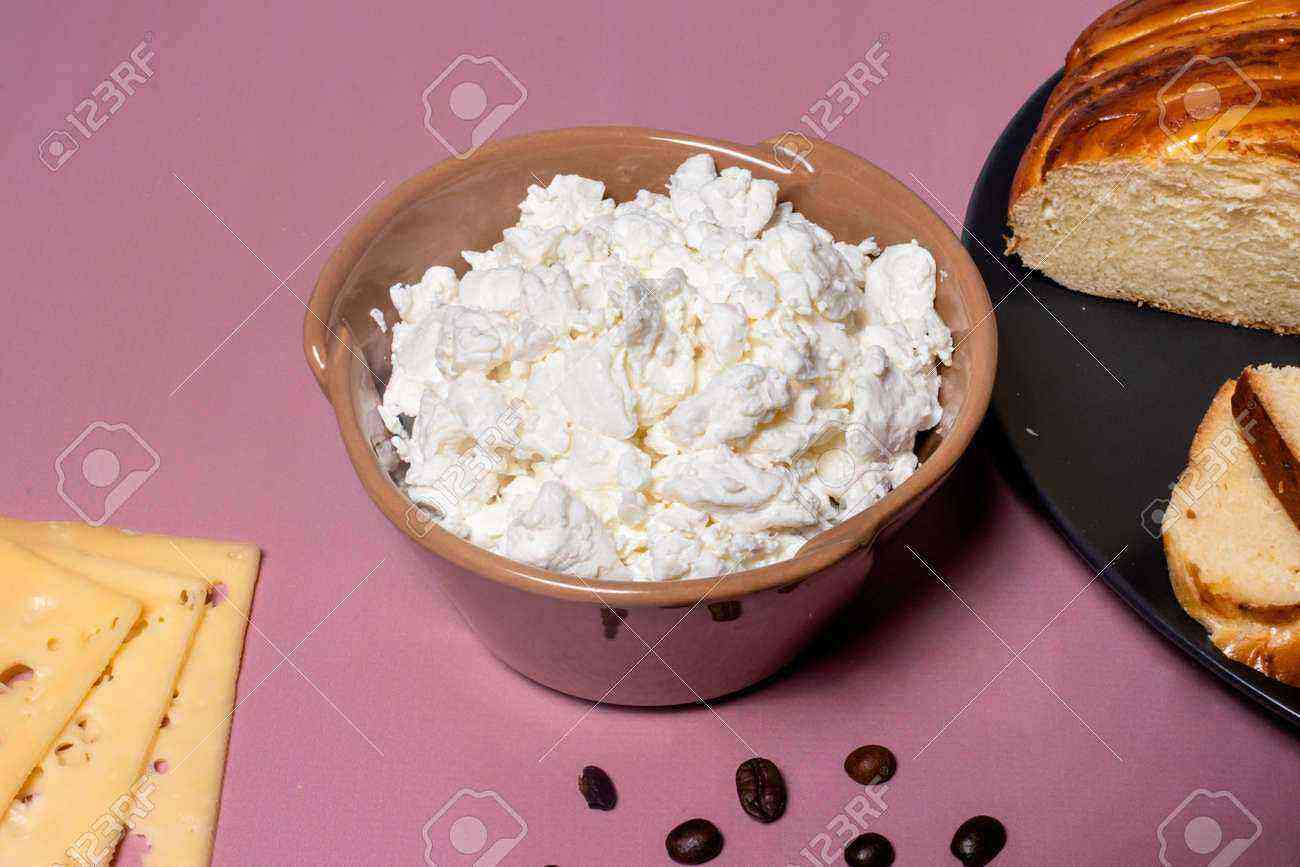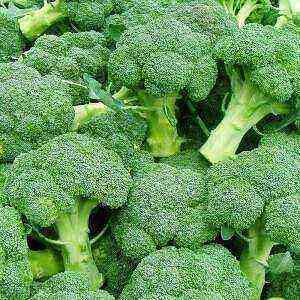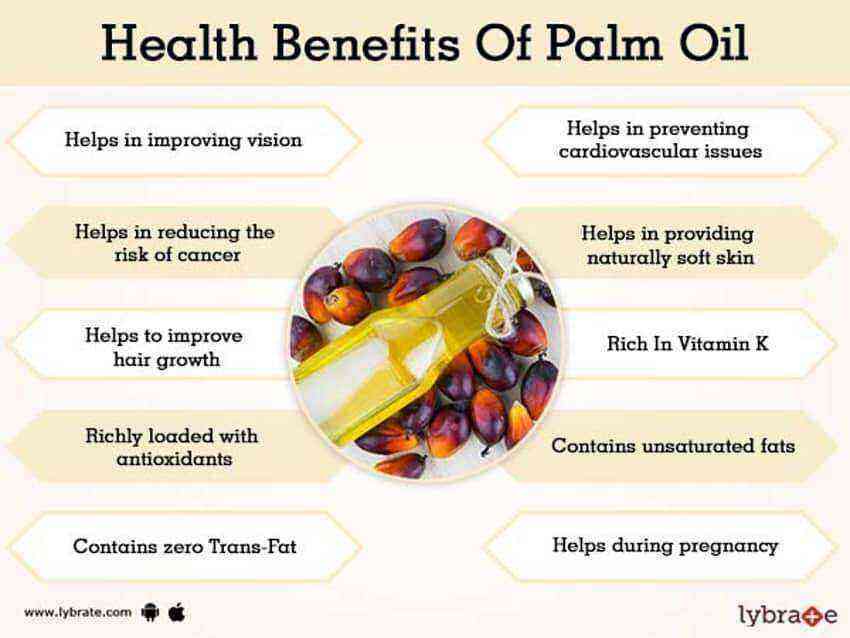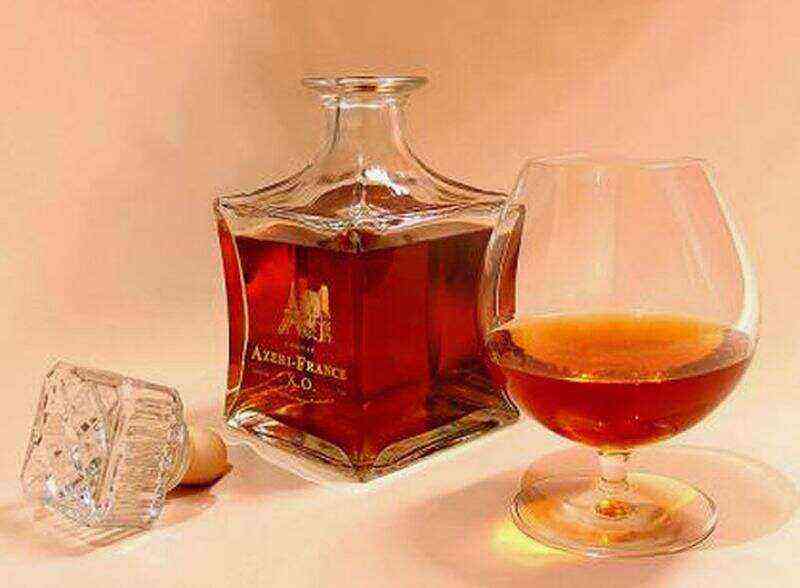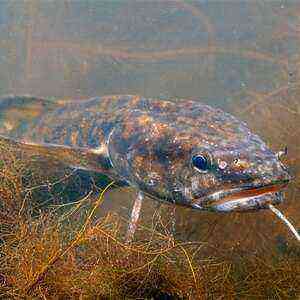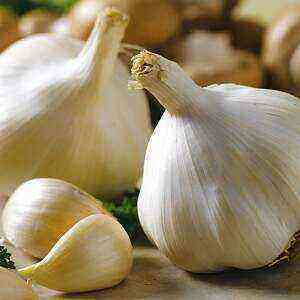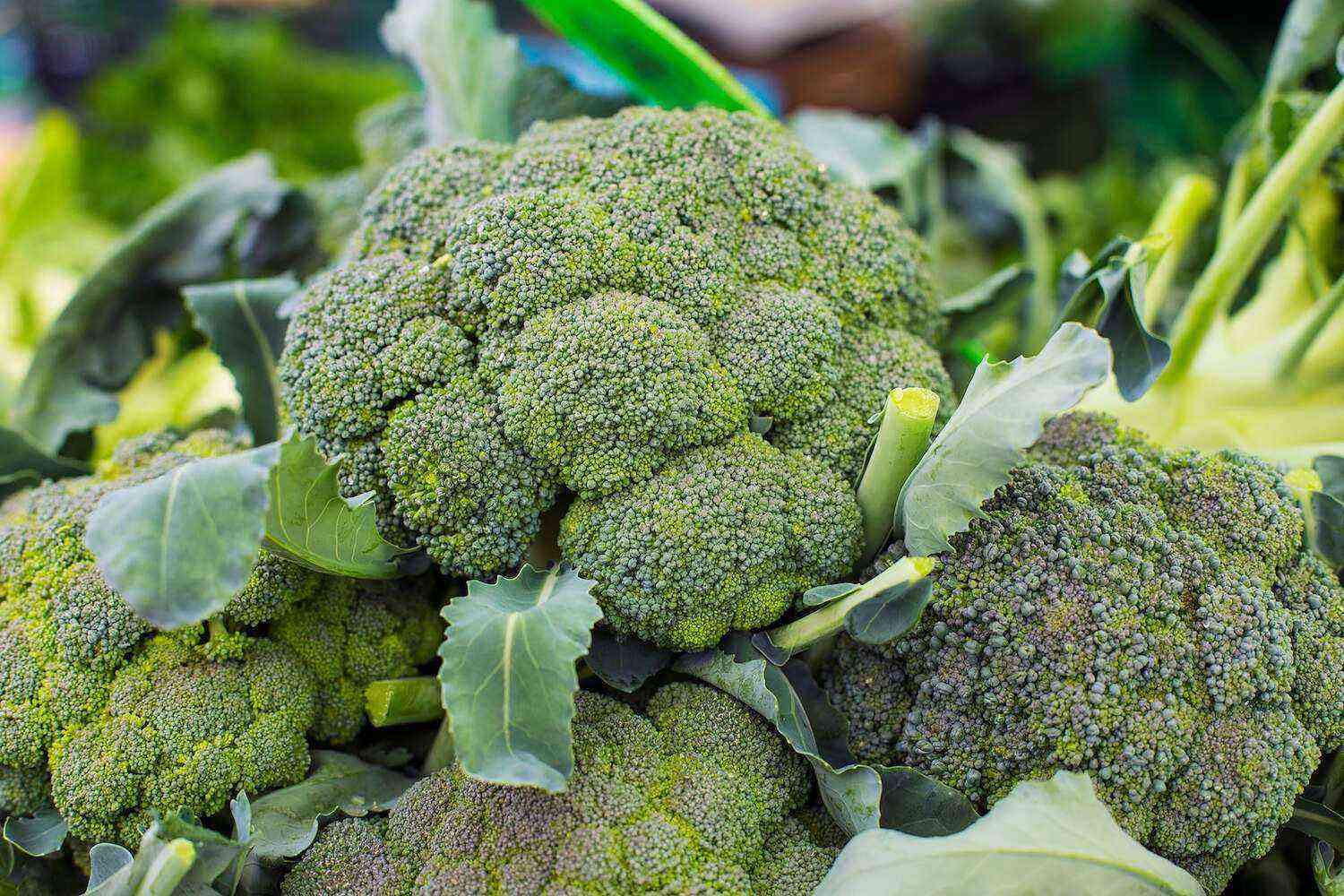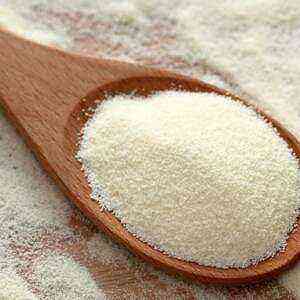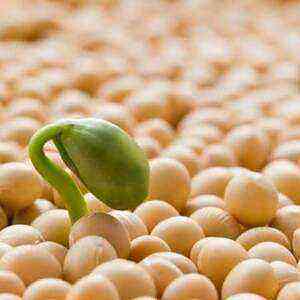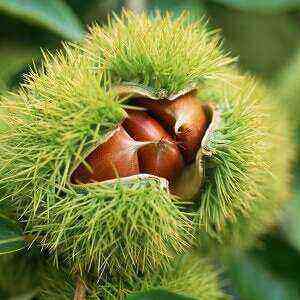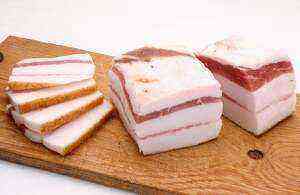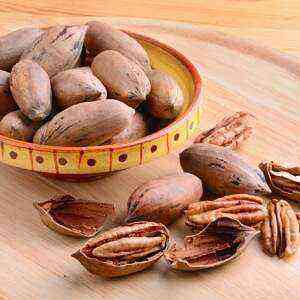But many have heard about the beneficial properties of mold. This includes the production of penicillin, one of the most popular antibiotics. It is mold fungi that contain this substance in their bodies. Less well known is the fact that citric acid is derived from sugars from mold cultures. And the well-known sherry – an exclusive wine – is also made using mold.
And so it is with cheese. It is good without any mushrooms, but with mold it acquires a truly luxurious, French taste.
Noble mold
And the whole secret of noble mold lies precisely in its nobility. Scientists know a lot about molds. Thousands of them, of the most varied types. Some of them are harmful. Those, for example, that affect bread or jam. Some are even dangerous. It is believed that spores of rare molds were the cause of the death of expeditions to the depths of the Egyptian pyramids.
And there is mold that is useful, and even tasty. And it is she who is used in cheeses. For its development, noble mold requires certain conditions – temperature, humidity and mandatory access to oxygen. It is believed that the conditions of the basements of some southern regions of France are optimal for its development. It comes to the point that only varieties of cheeses with mold that have settled there are recognized as truly noble. And everything else is so, fake.
Blue cheese varieties
But despite the prevailing stereotype, blue cheeses are produced all over the world today. A certain type of blue cheese may be of French origin, another type – German or Italian, but most of the cheese varieties sold in stores have never seen their historical homeland.
1. Furm-d’Amber.
One of the most exclusive and delicate varieties. Has a very complicated manufacturing procedure.
